Tesla posted an article on their Facebook page about Carbon Dioxde (CO2) emissions passing the 400PPM mark, of which they then followed it up with a battery storage post. News flash, batteries don’t store CO2. Tree’s do. We should plant more trees.
We as a society have sourced wood from tree’s for centuries. Sadly, now that our climate is changing, rain doesn’t fall as often in the forests we have mowed down. Just look at California’s Sierra Nevada’s that have 66 million dead trees!
In Indonesia, the government is burning rain forests to the ground. Taking away vital producers of oxygen, creating large quantities of carbon dioxide and smoke particulate.
Sadly, this smoke has a detrimental effect on those down wind, such as children who now suffer from asthma from breathing smoke filled air.
International reduction in CO2 emissions
61 of 197 countries have signed the United Nations Paris Agreement, meant to reduce industrial CO2 emissions. This accounts for 47.79% of global greenhouse gas (carbon dioxide) emission. But as homeowners, we can do our part, too.
You have the power to take action
If we are so concerned about these growing carbon dioxide levels, then we should take action now to work to reduce it.
How does a tree store carbon dioxide and produce oxygen? Photosynthesis.
Photosynthesis is an extremely complex process. In its simplest form, this important reaction convert CO2 [carbon dioxide] and H2O [water] plus energy [sunlight] into O2 [oxygen] and (C6H12O6) [glucose]. The oxygen goes into the air you breathe.
“A single mature tree can absorb carbon dioxide at a rate of 48 lbs./year and release enough oxygen back into the atmosphere to support 2 human beings.”
– McAliney, Mike. Arguments for Land Conservation: Documentation and Information Sources for Land Resources Protection, Trust for Public Land, Sacramento, CA, December, 1993
Planting trees on our properties that we won’t want to “move” in a couple of years and watering them with a source of water that we don’t depend on for drinking. Yes, this means watering trees with recycled water. 🙂
UC Davis performed a study that was published in 2005 which analyzed hundreds of species of plants and trees that can withstand the salts in recycled water. I took that data, attached photos to it and put it in a sort-able table. That became a series of posts that were made available last year.
If you feel strongly about reducing Carbon Dioxide (CO2) in the atmosphere, do something about it. Go plant a tree.
The tree’s listed in the table below will grow well with recycled water irrigation and will work to remove carbon dioxide from the air. A win-win for our environment.
There are 14 tree’s in this list, they will grow well with recycled water.
In Egypt, Germans and Egyptians have learned by irrigating pine and eucalyptus trees in the desert with recycled water, they will grow 4 time as fast. Hence, we should do the same.

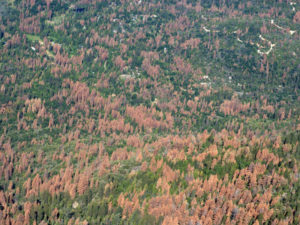
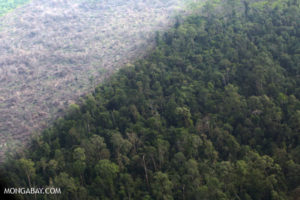

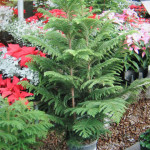
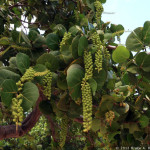
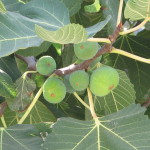
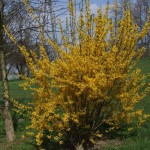
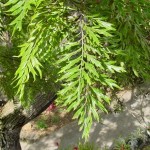
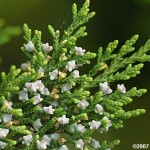
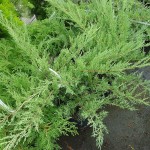
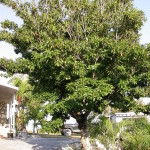
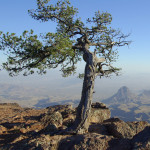
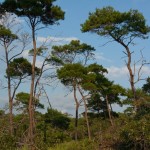
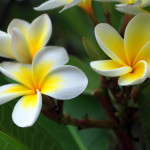
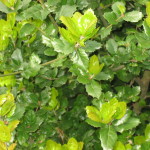
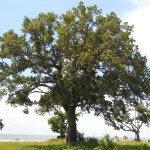
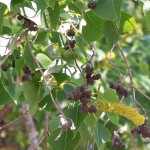
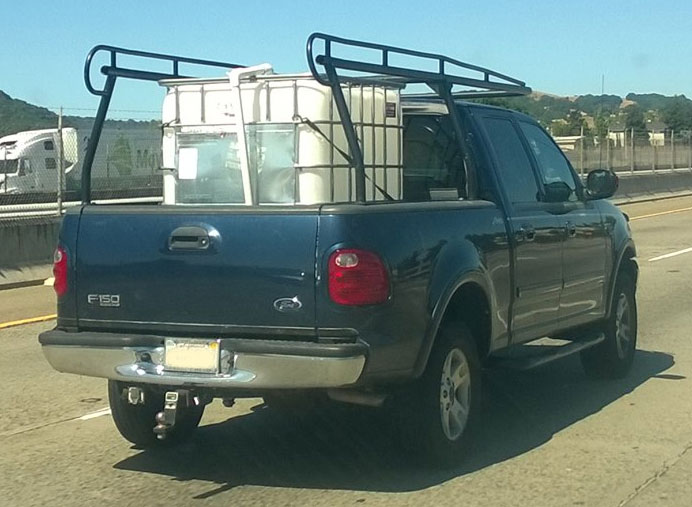
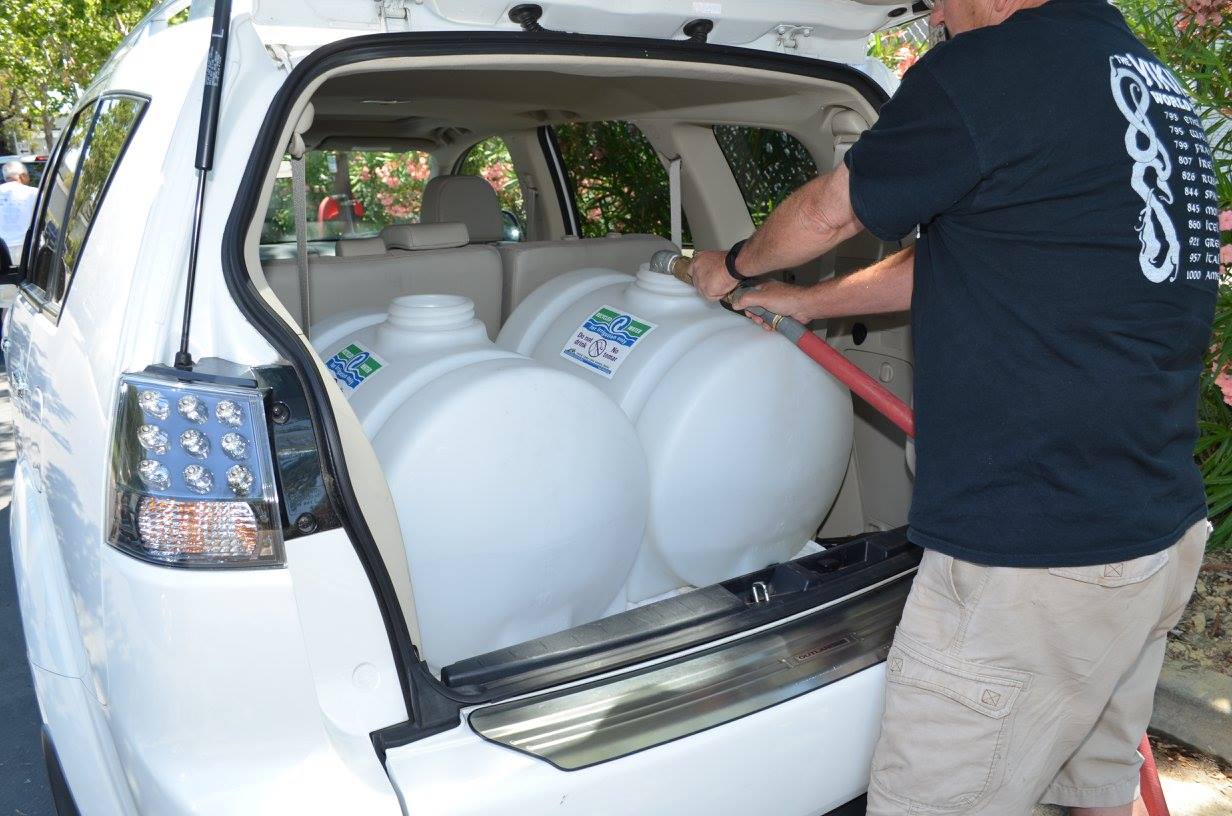
Leave a Reply